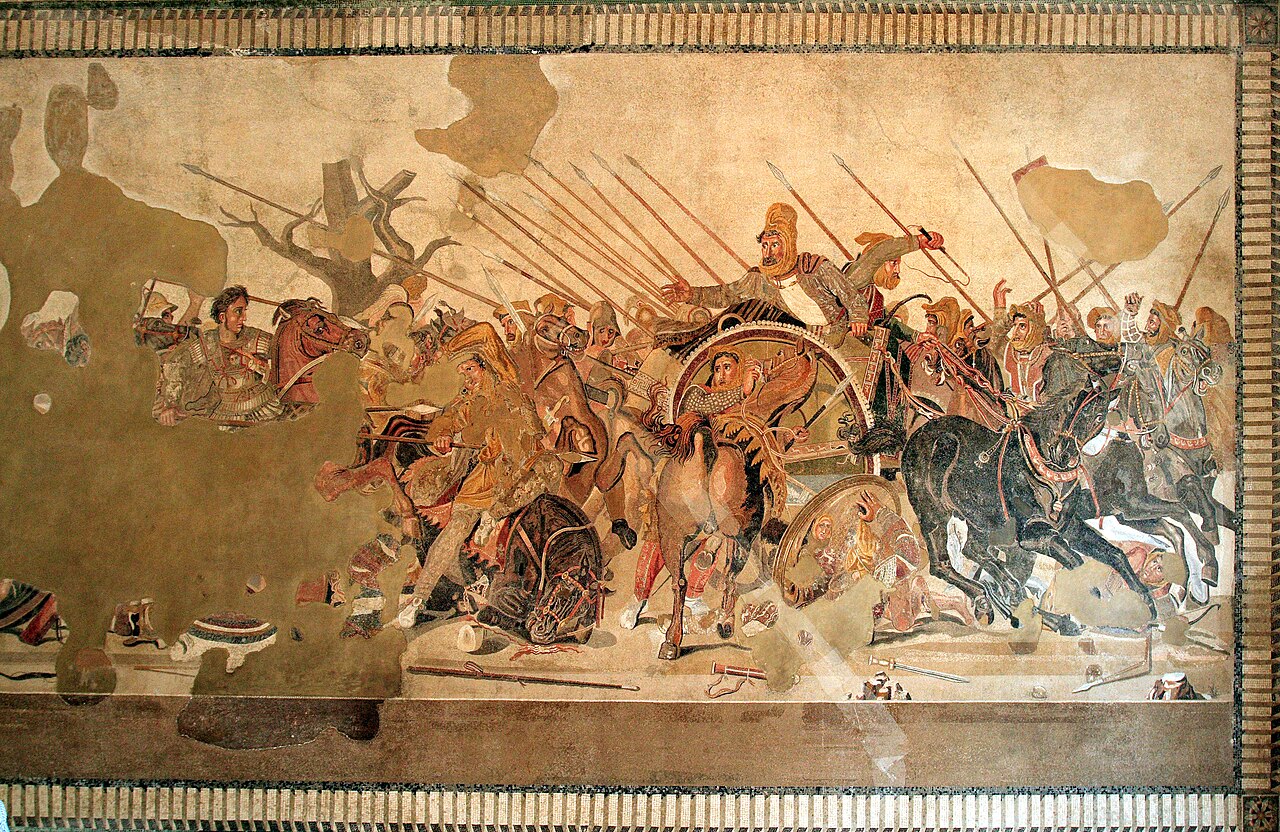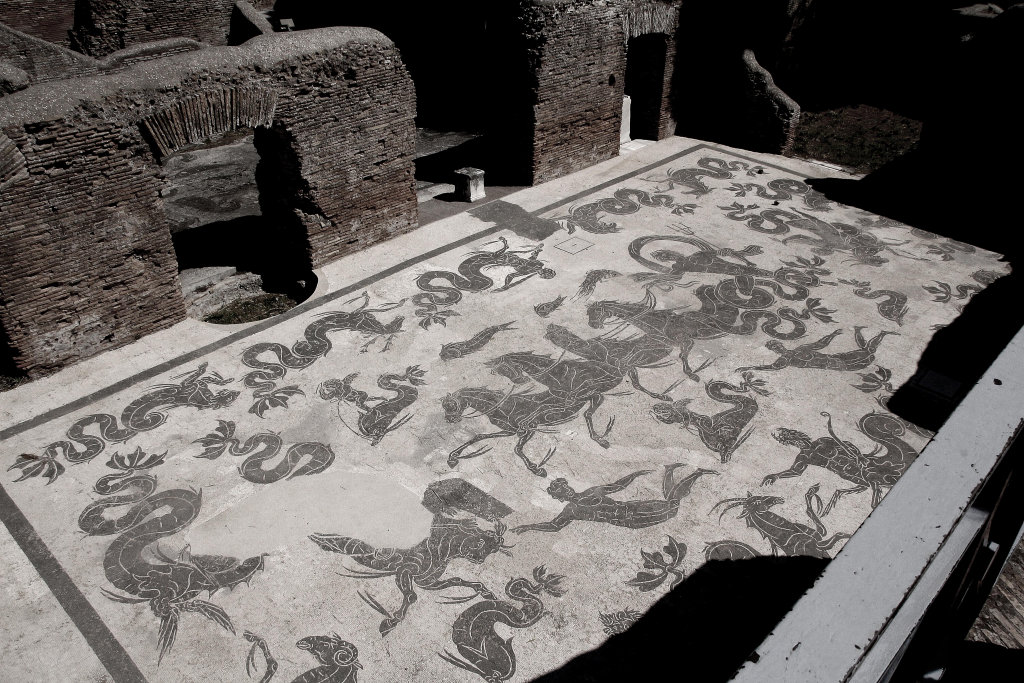Roman Mosaics
Mosaics were an integral part of Roman art and architecture, adorning floors, walls, and ceilings in private residences, public buildings, and temples throughout the Roman Empire. Drawing inspiration from both earlier Greek and contemporary Hellenistic mosaics, Roman mosaics were renowned for their intricate designs, vibrant colors, and meticulous craftsmanship.

These mosaics depicted a wide range of subjects, including scenes from mythology, historical events, everyday life, and nature. Famous figures from Greek and Roman mythology often took center stage in these mosaic compositions, bringing stories of gods, heroes, and legendary creatures to life in vivid detail. The use of mosaics not only added decorative flair to Roman buildings but also served as a means of cultural expression and storytelling, reflecting the artistic tastes and social values of the time.






2. Judgment of Paris, c. 115–150 AD; from the Atrium House, Antioch-on-the-Orontes. Louvre. (c) Mbzt
3. Amazon warrior engaged in combat, 4th c. AD. Louvre. (c) Marie-Lan Nguyen
4. Theseus killing the Minotaur from Pompeii. Naples Archaeological Museum.
5. Ulysses and the Sirens. Bardo Museum.
6. Centaur from Hadrian’s Villa. Altes Museum, Berlin.
Indeed, Roman mosaics offer a fascinating glimpse into the daily lives of people living in the Roman Empire. Through the intricate details depicted in these mosaics, viewers can discern the various activities and occupations that occupied the time of ancient Romans, from scenes of farming and fishing to bustling marketplaces and lively entertainment venues.
Additionally, mosaics often feature depictions of banquets and feasts, providing insight into the culinary preferences and dining customs of the time. The clothing worn by figures in the mosaics reflects the fashion trends of ancient Rome, while the portrayal of flora, fauna, and landscapes offers a window into the natural environment that surrounded them.





Mosaics, also known as opus tessellatum, were made from small squares of cut marble, tile, glass, pottery, stone and shells, called tesserae.Mosaics, known as opus tessellatum, were masterfully crafted from a myriad of materials, including small squares of cut marble, tile, glass, pottery, stone, and even shells, known as tesserae.
These tesserae were meticulously arranged and set into mortar or cement to form intricate and vibrant designs. The use of diverse materials allowed mosaic artists to achieve a wide range of colors, textures, and visual effects, resulting in stunning compositions that adorned floors, walls, and ceilings of buildings throughout the Roman Empire.

A popular aesthetic choice in Roman Italy was the use of black and white tesserae, particularly in marine-themed mosaics found in Roman bath complexes like those at Ostia and the Baths of Caracalla in Rome. This monochromatic palette lent a timeless elegance to the intricate designs, which often featured scenes of sea creatures, nautical motifs, and maritime landscapes.
The stark contrast between the black and white tesserae created visually striking compositions that captured the imagination of bath-goers and added to the immersive experience of these opulent Roman leisure spaces.




